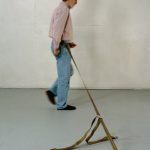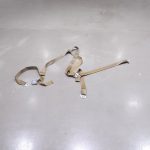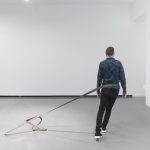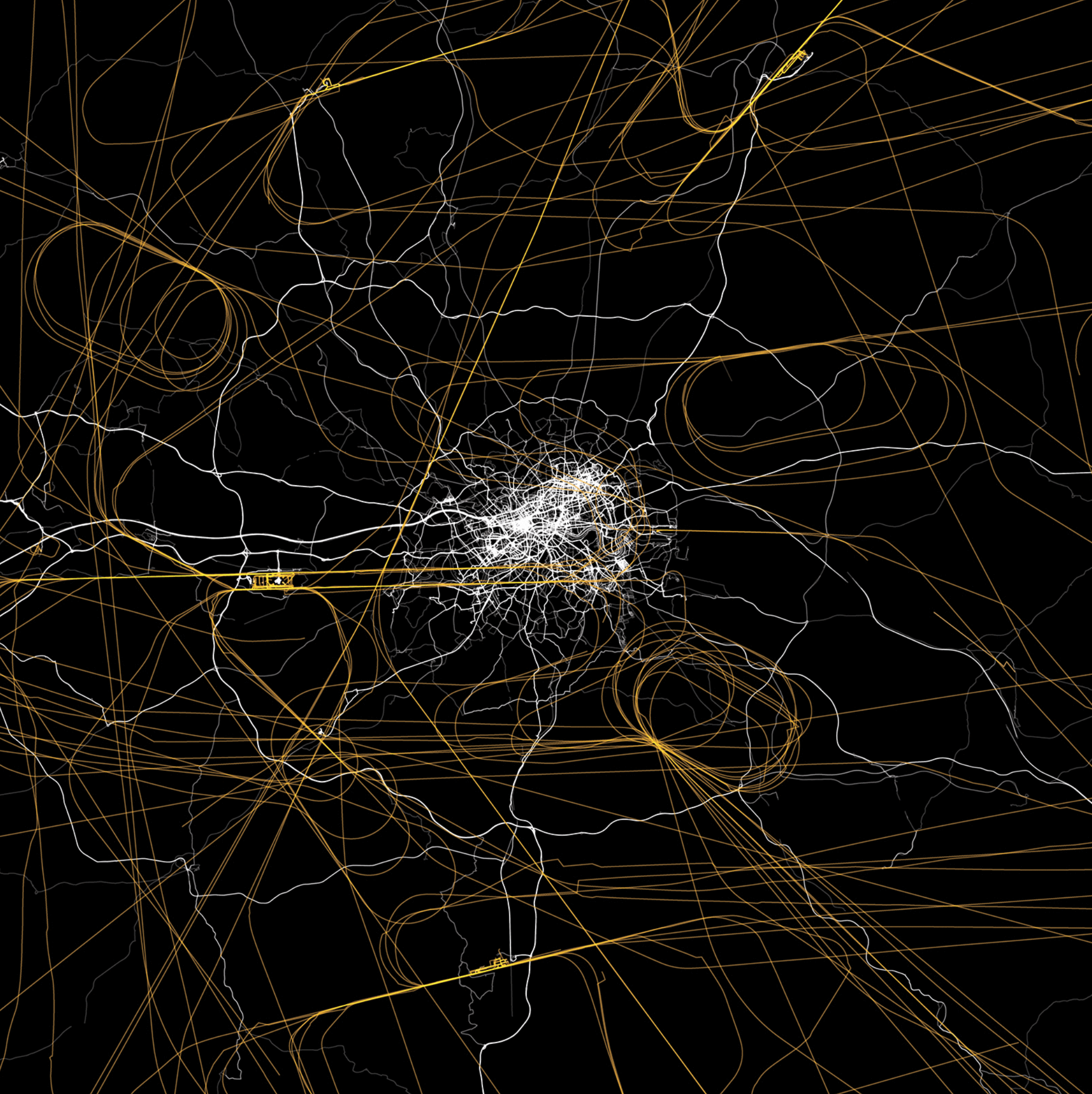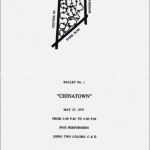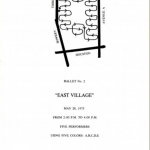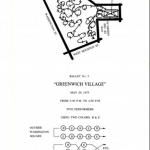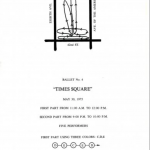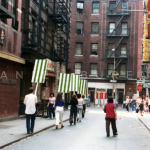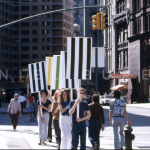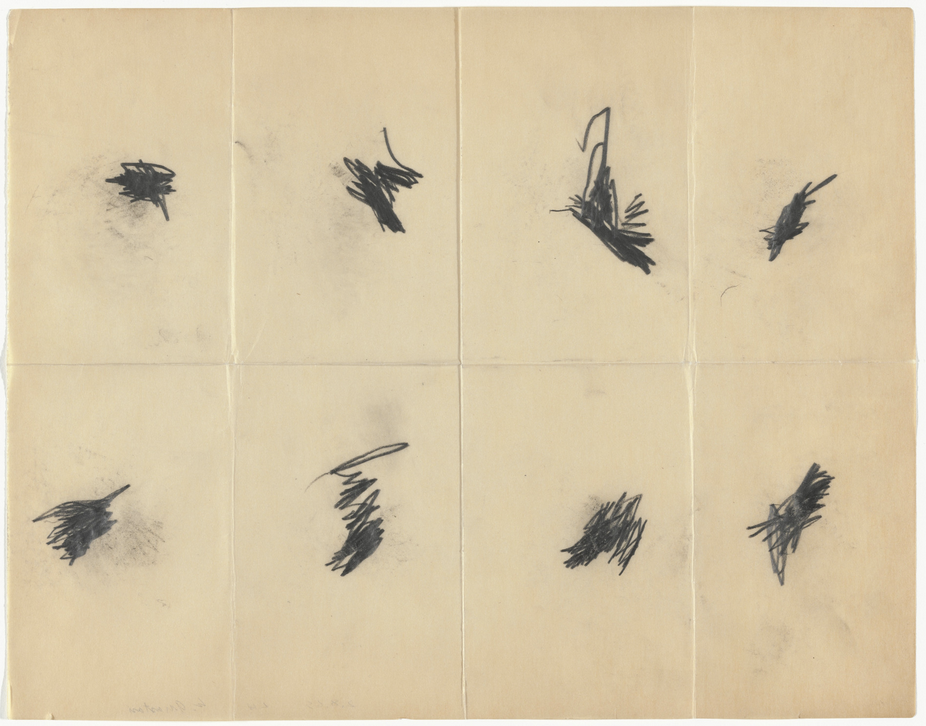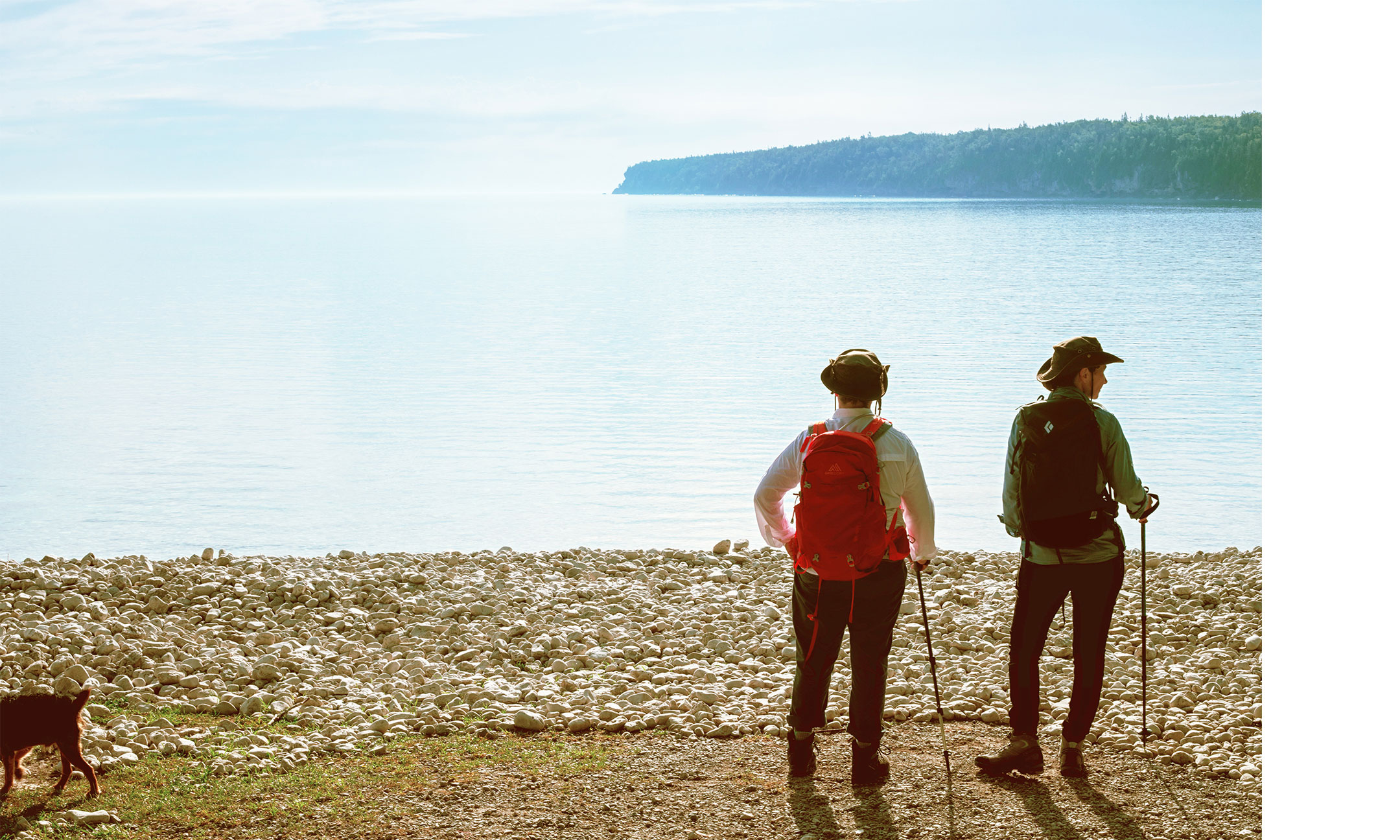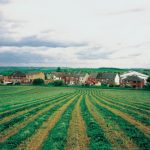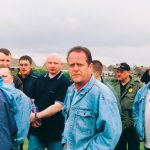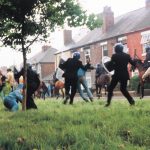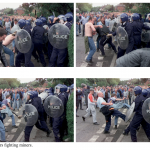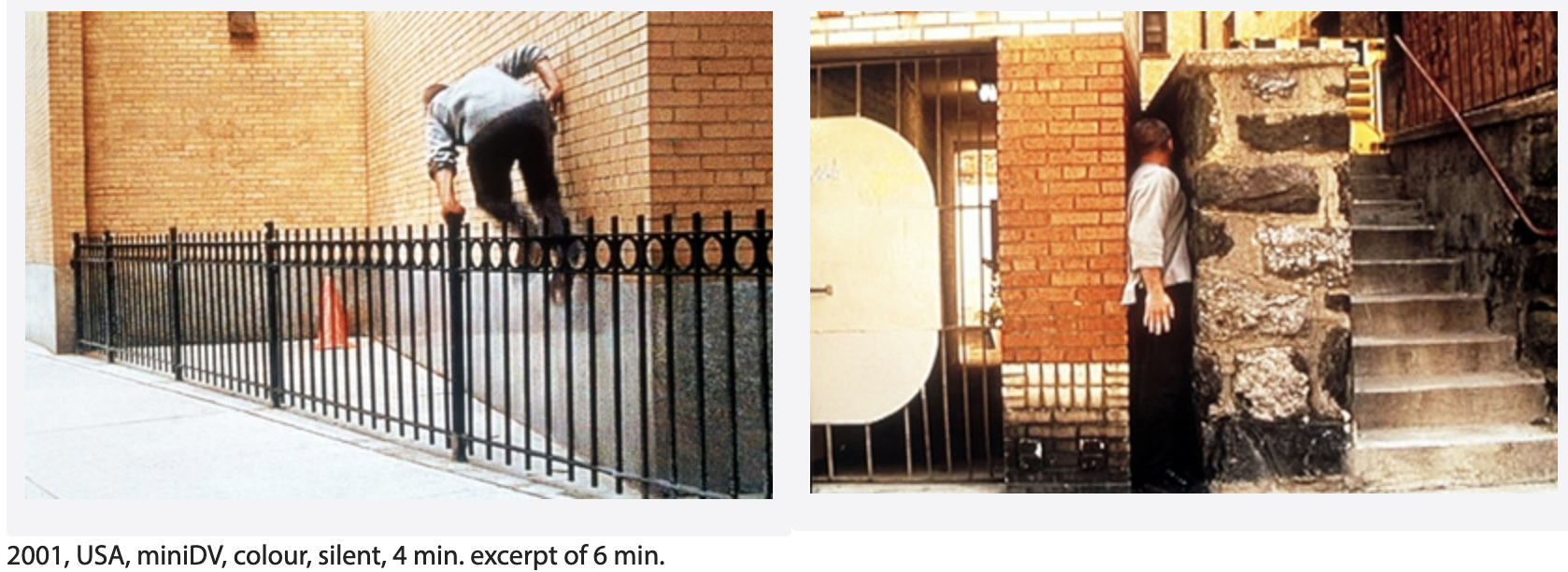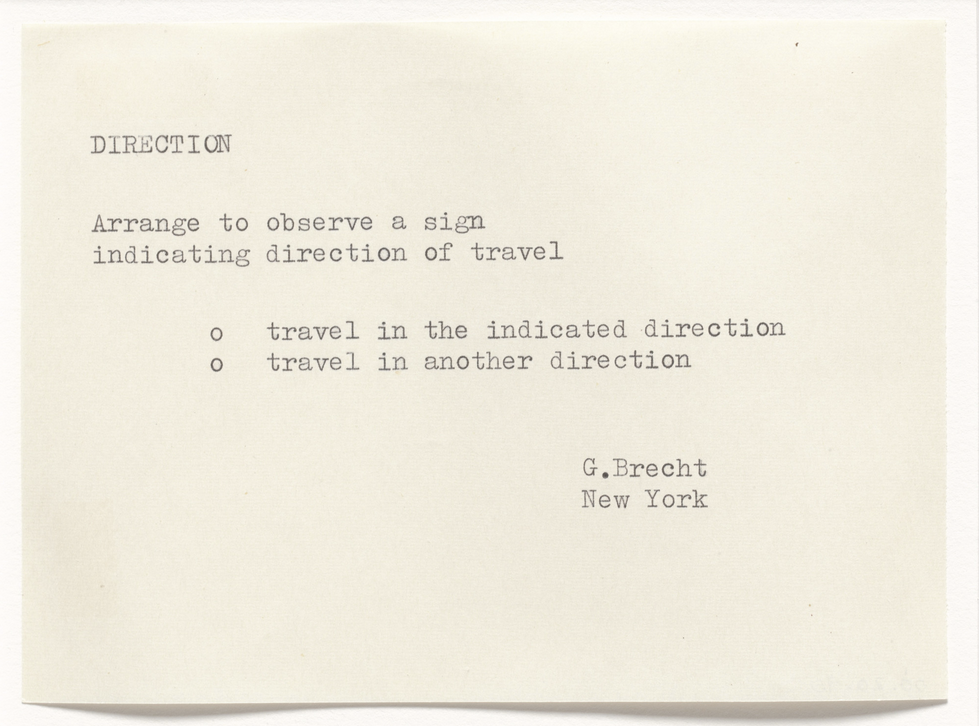“August 1-September 27, 2017: The Walk
In the New Field, Public Studio walked the entirety of the 900km Bruce Trail while actively exploring the question: What does decolonization look like?
Along the trail, Public Studio invited by artists, activists, scientists, writers, curators, philosophers, and youth groups to join them and activate the footpath as a way of sharing knowledge across a diverse public. Indigenous writer and “geomythologist” Lenore Keeshig lead Public Studio across the unceded territory of the Chippewas of the Nawash; artist and theatre director Ange Loft lead a tour that included theatre warm-up exercises and a discussion of land acknowledgments; Geologist and director of the Bruce Trail Conservancy Beth Gilhespy chronicled land formations, activist and artist Syrus Marcus Ware led thirty five kids on a botanical drawing walk; multidisciplinary artist Diane Borsato brought art students, a western botanist and a traditional Indigenous medicine woman into dialogue; and writer and critic Amish Morell’s graduate students walked, read poetry and reimagined the land at a reconstructed Iroquoian village archaeological site.
September 28 -30, 2017
The Creative Time Summit: Of Homelands and Revolutions
Stage Design & Closing Ceremony
On September 30, 2017 a public choir demanded the end to extraction and colonial destruction, to war and displacement driven by economic greed. On this day we demanded the earth be re-centered together with people and that the Canadian government include the Rights of Nature into the Charter of Rights and Freedoms. Public Studio together with Hiba Abdallah created the set for Creative Time Summit and with collaborators Ange Loft and Terri-Lynne Williams-Davidson staged the performance of the Rights of Nature, a document based on Haida ideology demanding that nature be inscribed in Canada’s constitution.
Check out the Rights of Nature publication here.” (credit)
—
“Public Studio is the collective art practice of filmmaker Elle Flanders and architect Tamira Sawatzky. Public Studio creates large-scale public art works, lens-based works, films, and immersive installations. Grounded in the personal, social, and political implications of landscape, Public Studio’s multidisciplinary practice engages themes of political dissent, war and militarization, and ecology and urbanization, through the activation of site. Public Studio often works in collaboration with other artists.” (credit)
